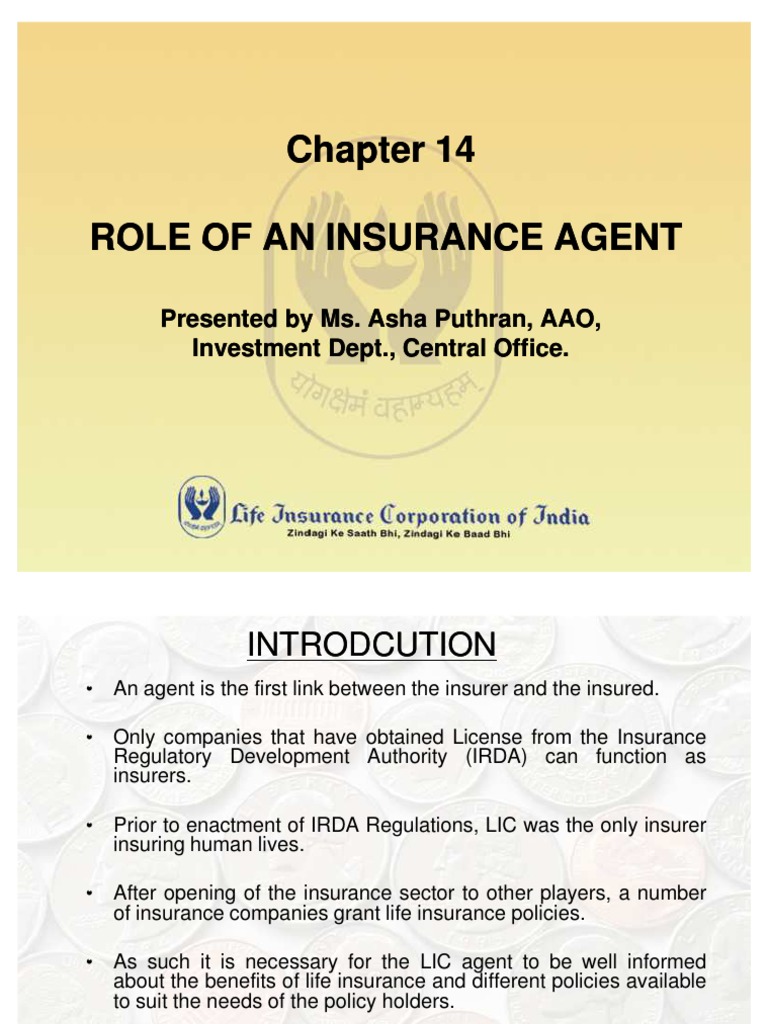Indicators on Pacific Prime You Should Know
Indicators on Pacific Prime You Should Know
Blog Article
Pacific Prime Things To Know Before You Buy
Table of ContentsA Biased View of Pacific PrimeSome Known Incorrect Statements About Pacific Prime The 45-Second Trick For Pacific PrimeThe Ultimate Guide To Pacific PrimeThe Buzz on Pacific Prime

This is because the data were collected for a duration of solid economic performance. Of the approximated 42 million individuals who were uninsured, all yet about 420,000 (regarding 1 percent) were under 65 years old, the age at which most Americans come to be eligible for Medicare; 32 million were adults in between ages 18 and 65, around 19 percent of all grownups in this age; and 10 million were kids under 18 years of age, about 13.9 percent of all kids (Mills, 2000).
These quotes of the variety of individuals without insurance are generated from the annual March Supplement to the Current Population Survey (CPS), carried out by the Demographics Bureau. Unless or else kept in mind, nationwide estimates of people without medical insurance and proportions of the population with different type of protection are based on the CPS, the most commonly utilized source of quotes of insurance coverage and uninsurance rates.
Pacific Prime Things To Know Before You Buy

Still, the CPS is especially beneficial because it creates annual price quotes fairly swiftly, reporting the previous year's insurance protection approximates each September, and due to the fact that it is the basis for a regular collection of price quotes for more than 20 years, enabling for analysis of fads in insurance coverage gradually. For these reasons, in addition to the comprehensive use the CPS in other research studies of insurance coverage that exist in this report, we rely on CPS estimates, with restrictions noted.

The estimate of the number of without insurance people broadens when a populace's insurance status is tracked for a number of years. Over a three-year period beginning early in 1993, 72 million people, 29 percent of the U.S. https://pxhere.com/en/photographer/4223924. population, lacked coverage for at the very least one month. Within a solitary year (1994 ), 53 million people experienced at the very least a month without coverage (Bennefield, 1998a)
Six out of every 10 uninsured grownups are themselves employed. Although functioning does improve the probability that one and one's member of the family will certainly have insurance, it is not a warranty. Also members of households with two full-time breadwinner have practically a one-in-ten opportunity of being uninsured (9.1 percent without insurance price) (Hoffman and Pohl, 2000).
Pacific Prime Can Be Fun For Anyone
New immigrants account for a significant proportion of individuals without medical insurance. One evaluation has attributed a significant portion of the recent growth in the dimension of the U.S. uninsured population to immigrants that got here in the country between 1994 and 1998 (Camarota and Edwards, 2000). Recent immigrants (those who came to the USA within the previous four years) do have a high price of being without insurance (46 percent), yet they and their children account for just 6 percent of those without insurance nationally (Holahan et al., 2001).
The connection between health and wellness insurance coverage and access to care is well established, as documented later in this chapter. Although the relationship between medical insurance and wellness end results is neither straight neither basic, a substantial medical and health and wellness services research literature web links wellness insurance policy coverage to improved access to care, better quality, and boosted individual and population health standing.
Levels of evaluation for examining the impacts of uninsurance. It concentrates specifically on those without any type of wellness insurance for any type of size of time.
Indicators on Pacific Prime You Need To Know
The problems faced by the underinsured remain in some areas comparable to those dealt with by the uninsured, although they are typically less severe. maternity insurance for expats. Uninsurance and underinsurance, nonetheless, include noticeably different policy concerns, and the approaches for resolving them may differ. Throughout this research and the 5 reports to follow, the major emphasis is on individuals without wellness insurance coverage and therefore no assistance in spending for health and wellness care beyond what is readily available with charity and security net establishments
Medical insurance is a powerful variable affecting invoice of care because both people and doctors react to the out-of-pocket cost of services - https://www.imdb.com/user/ur179624537/. Medical insurance, nevertheless, is neither needed nor sufficient to get to clinical services. The independent and direct result of health and wellness insurance protection on access helpful hints to wellness services is well developed.
Others will certainly acquire the healthcare they require also without health and wellness insurance policy, by paying for it expense or seeking it from carriers who use care complimentary or at very subsidized rates. For still others, wellness insurance alone does not make sure receipt of care since of various other nonfinancial barriers, such as a lack of healthcare companies in their area, minimal access to transportation, illiteracy, or etymological and social distinctions.
Excitement About Pacific Prime
Formal research regarding uninsured populations in the USA dates to the late 1920s and early 1930s when the Committee on the Expense of Medical Care created a series of reports about financing physician office gos to and hospitalizations. This issue became salient as the numbers of clinically indigent climbed up throughout the Great Anxiety.
Report this page